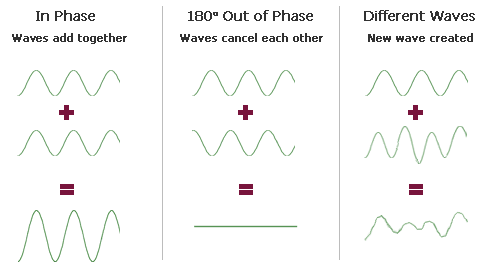These examples have X's, but you'd typically see a combination of letters and numbers there. These codes are generated in a (theoretically) random fashion so people can't guess codes. Think of product codes as the keys to your car- they're specific to your car, and you need them to be able to use it. Now, would you ever throw away your car keys? Of course not! Now, this isn't a perfect example since you don't need to enter in your product code every time you use the software (the computer remembers it and gives it to the software whenever you start that program up,) but what if you get a new computer or you have to wipe your computer and reload all the programs?
It would be terrible if you had to buy the program all over again just because you got a new computer, so that's where product codes come in. If you get a new computer (or wipe your old one) and need to reinstall the software, you can usually reuse the same product code. This does change a bit depending on the company, but typically product codes are good for one computer at a time. Here's where things can get messy though. What if you accidentally threw away your product key? Just like if you threw away the keys to your car, you'll be in a tough spot. It's possible that you could speak to the manufacturer of the software and they'd be able to assist you, but unless you have your original receipt, you have no proof that you actually bought the program.
Practical Tip of the Day:
Since loosing product keys is somewhat common, I usually tell people to make a single spot- usually a plastic container of some sort- that they keep all their computer discs, papers and boxes. By consolidating everything to one area, it will be easier to find things in the rare occasions that you need them.



